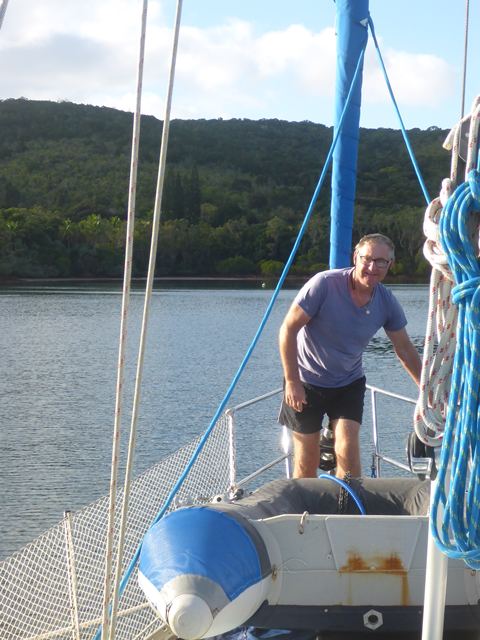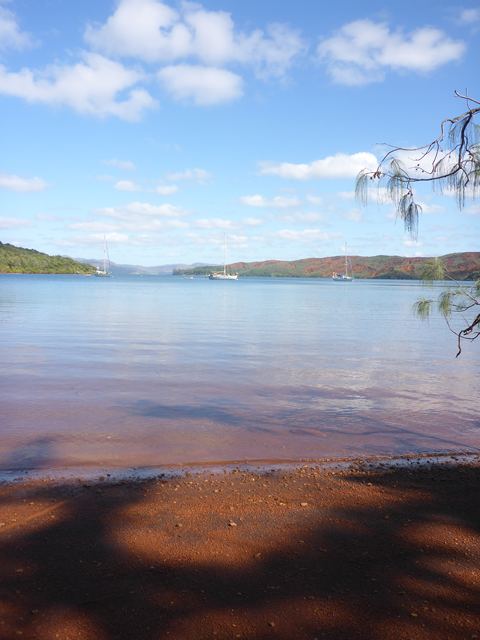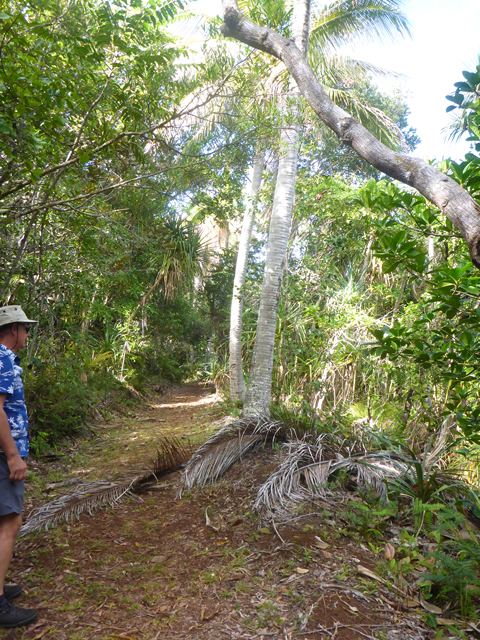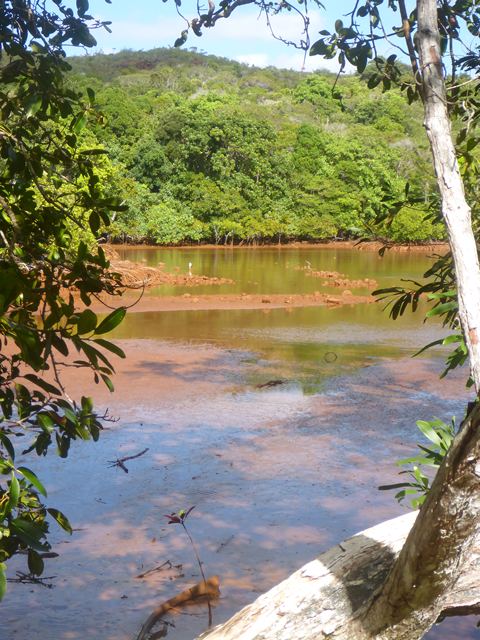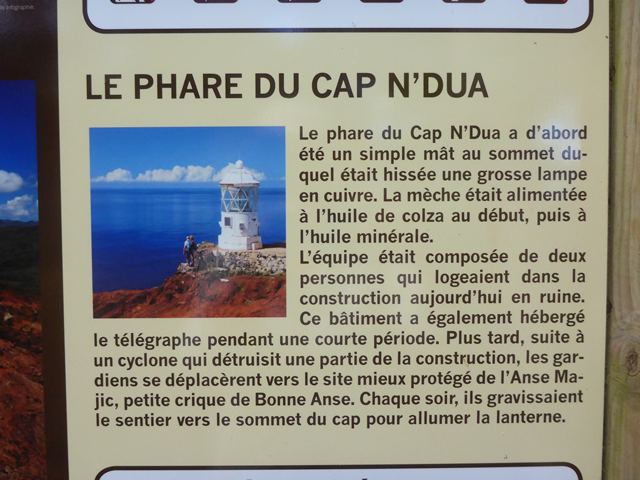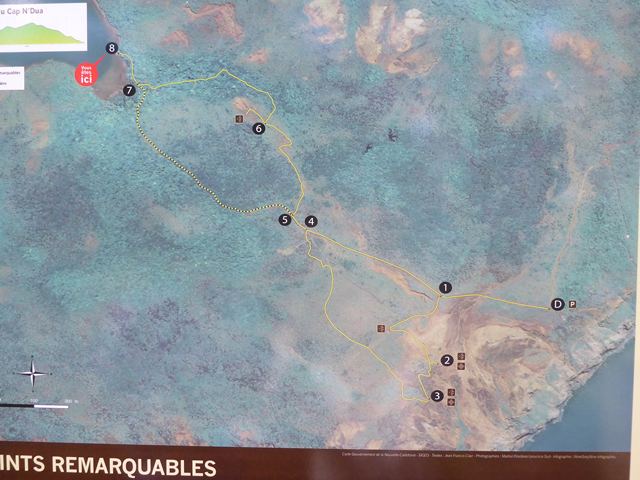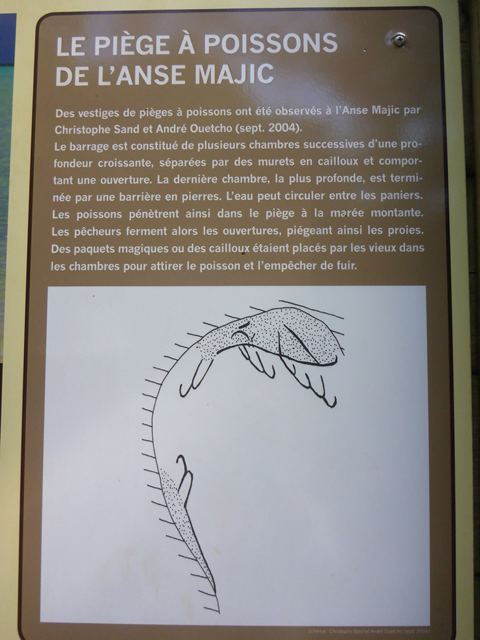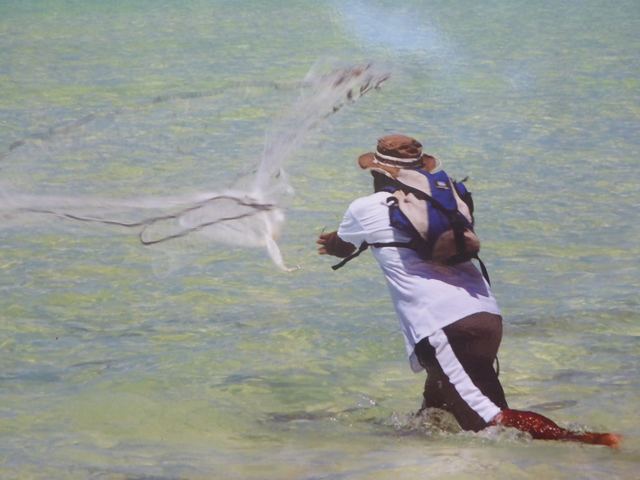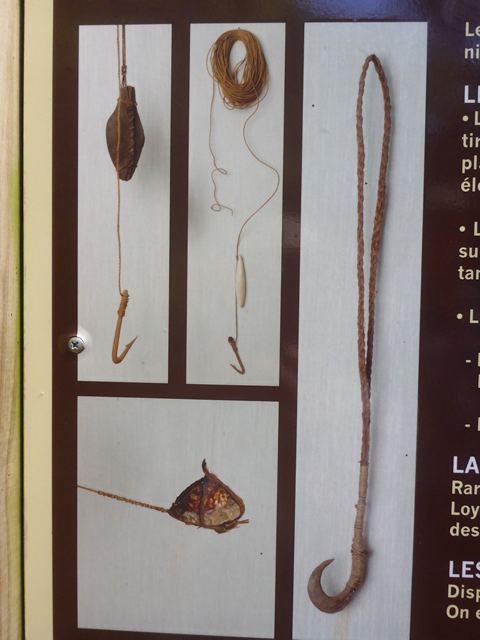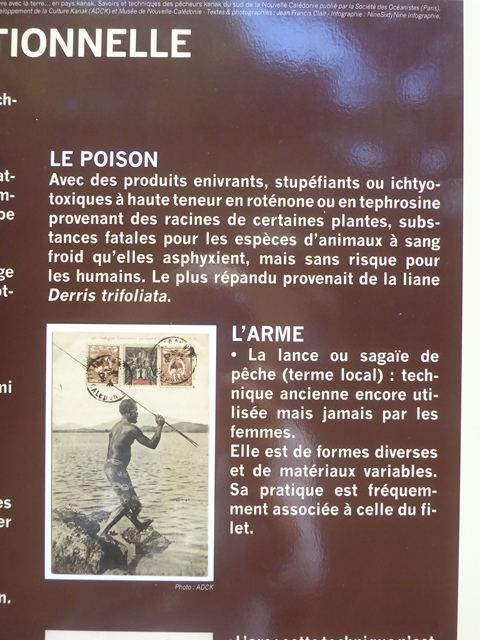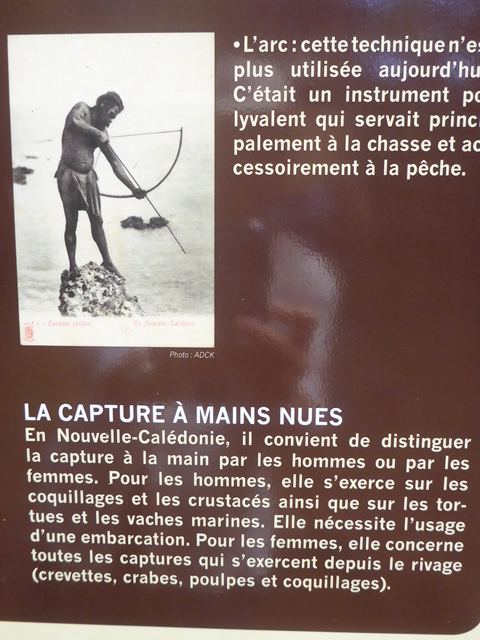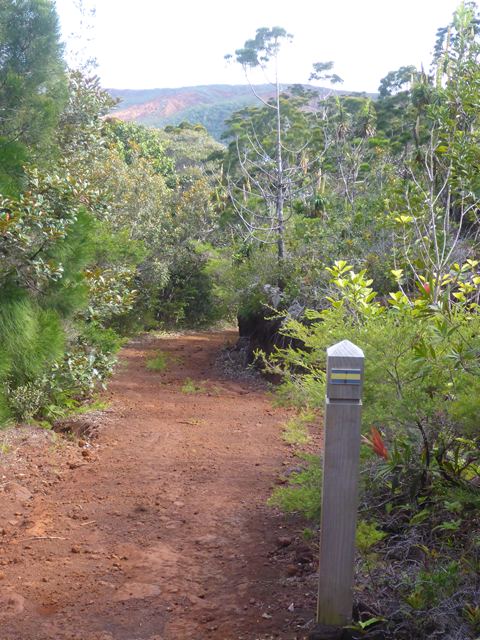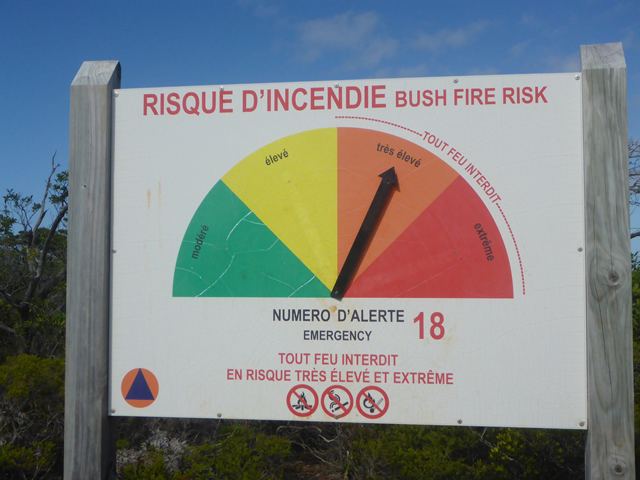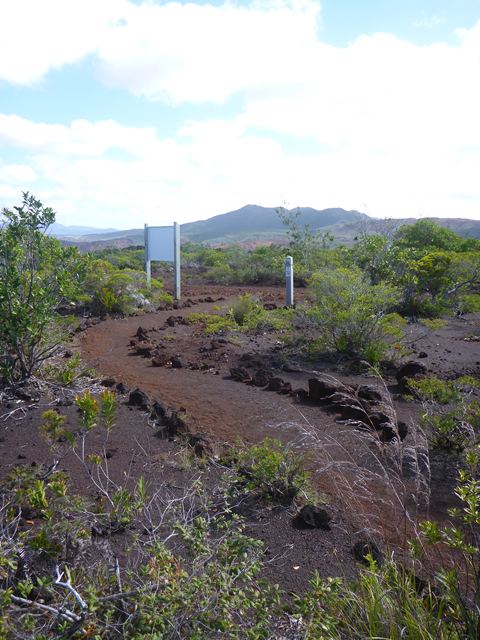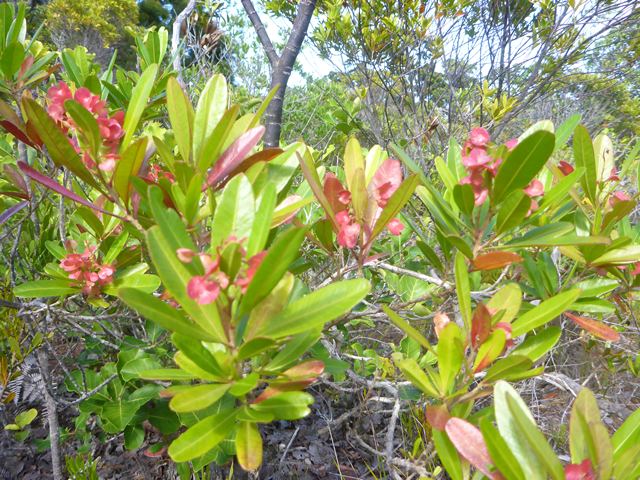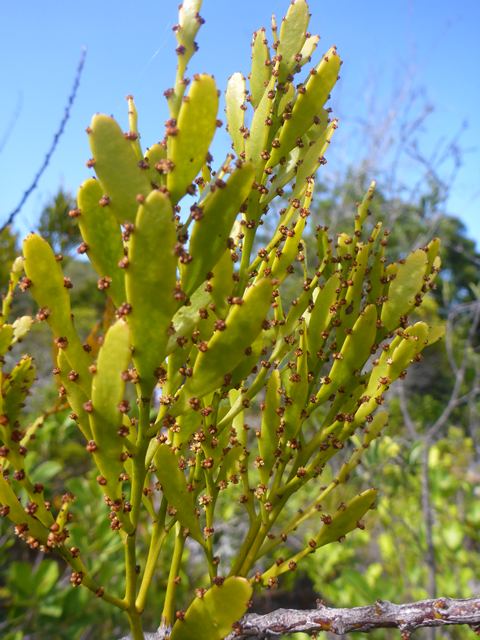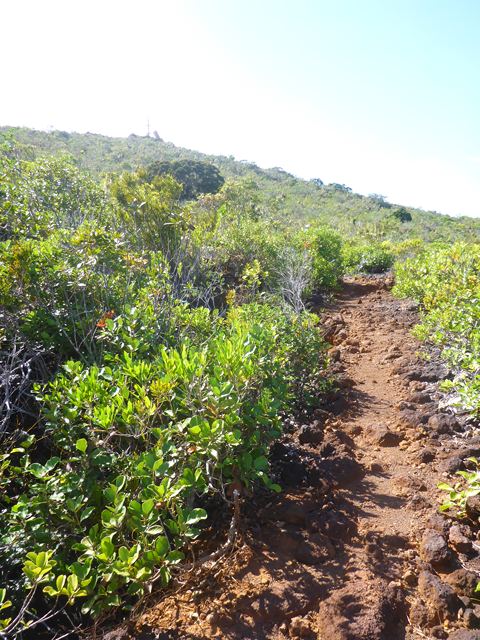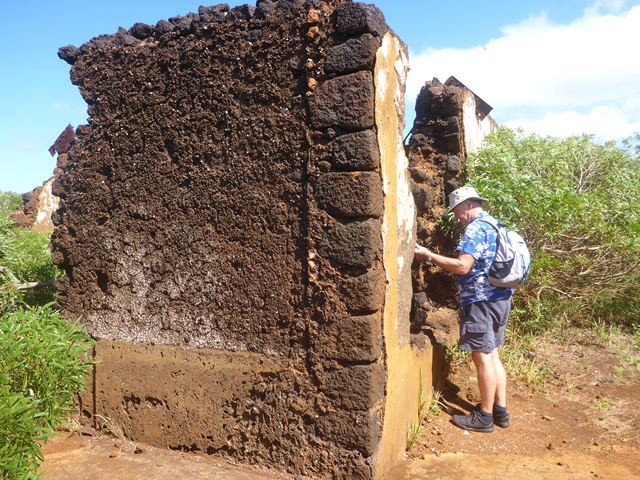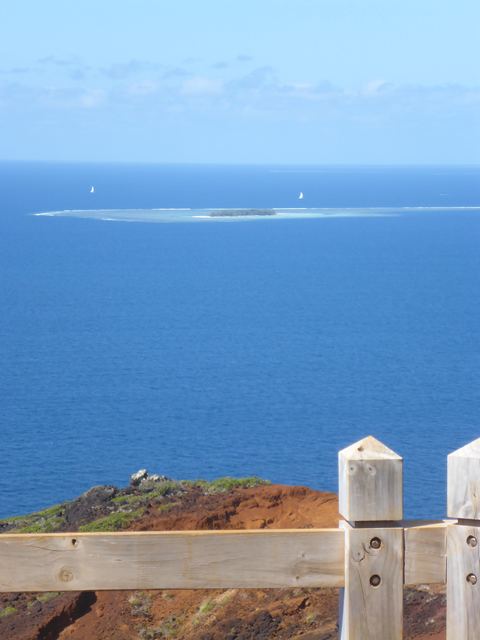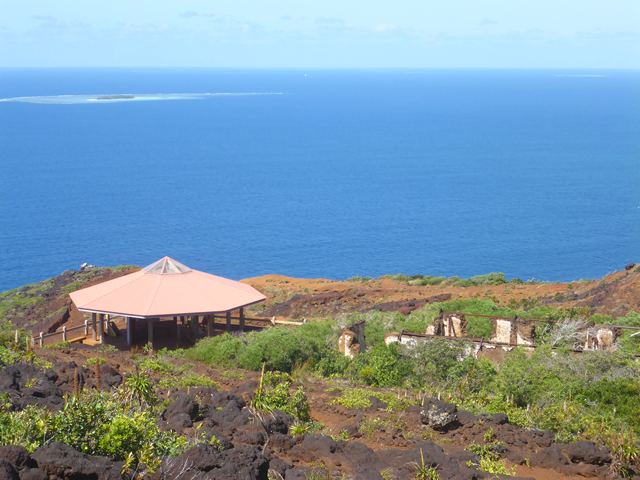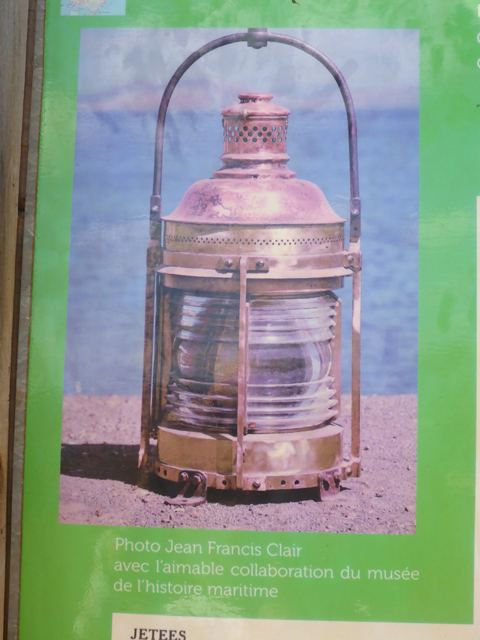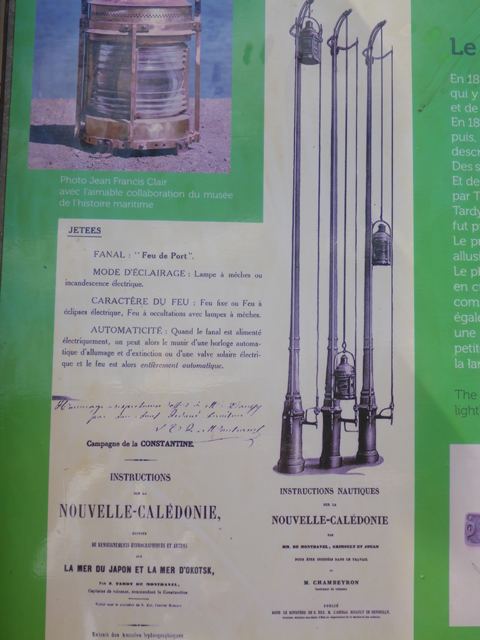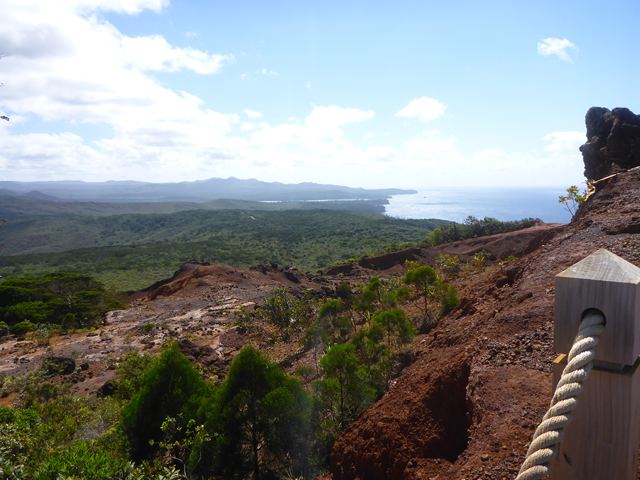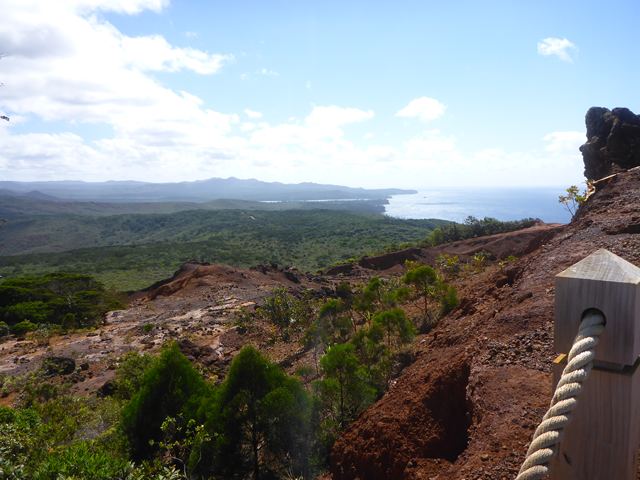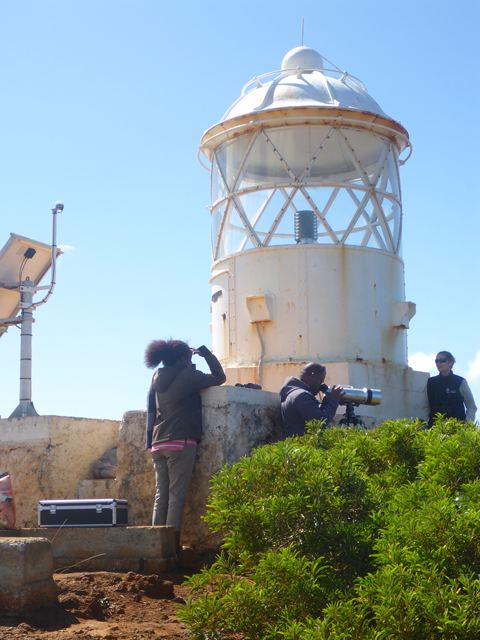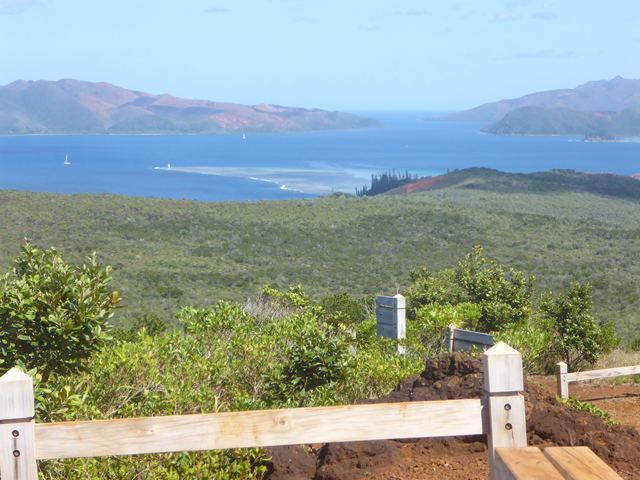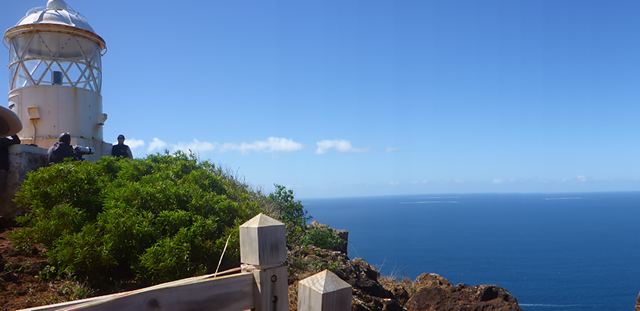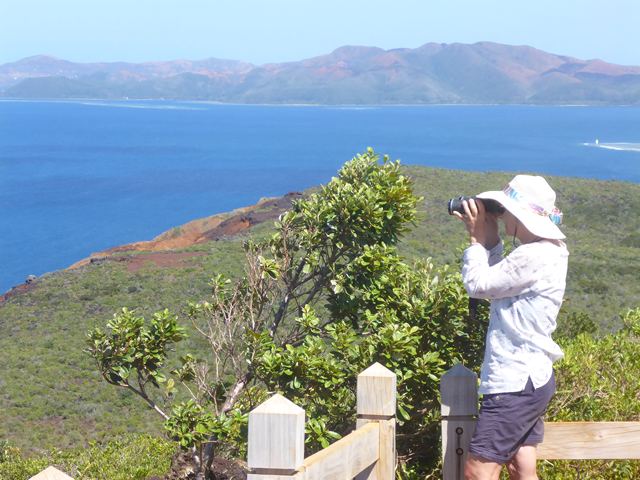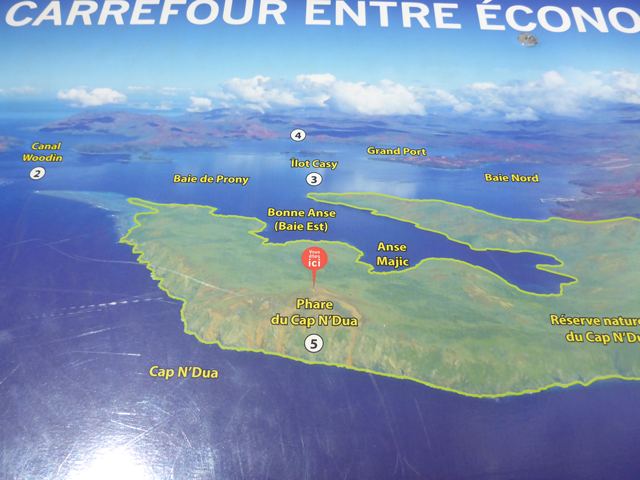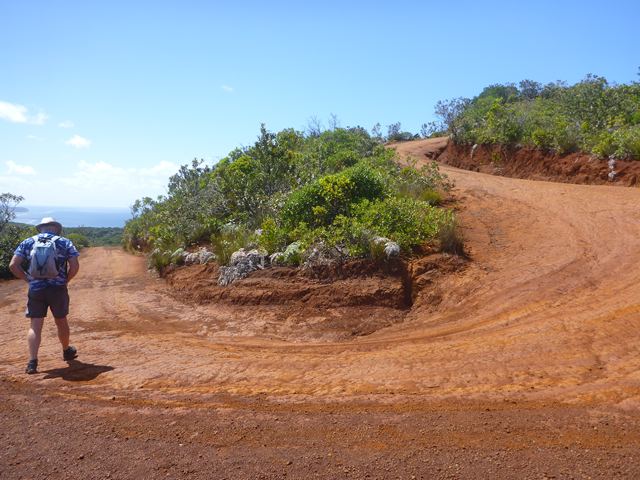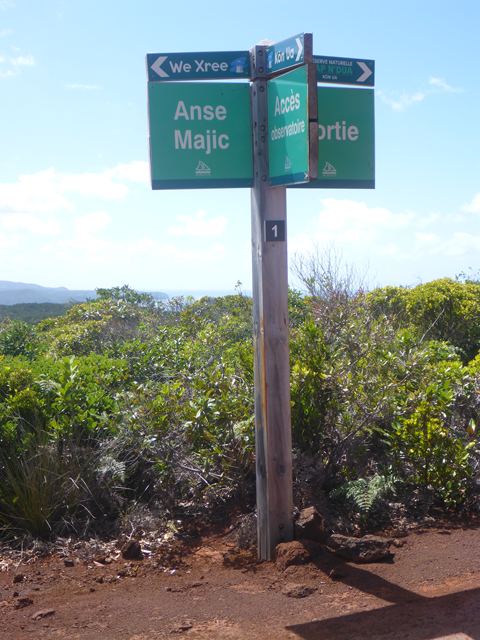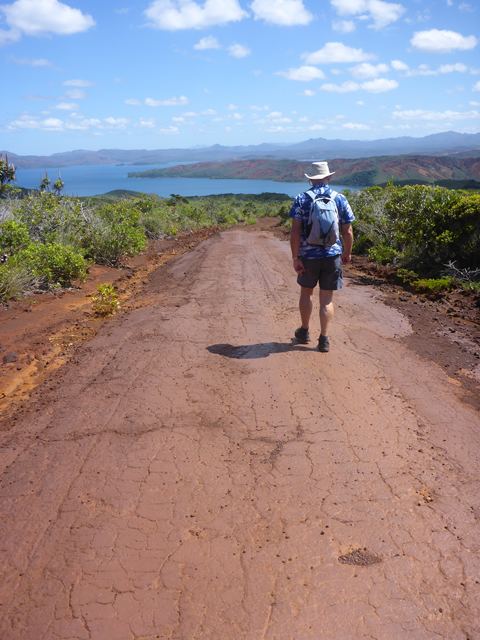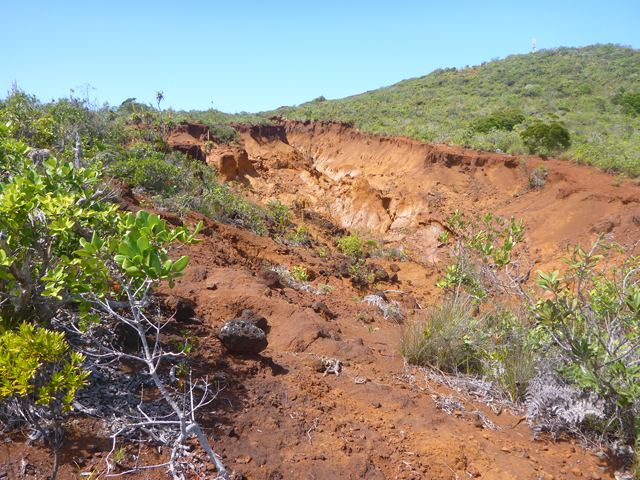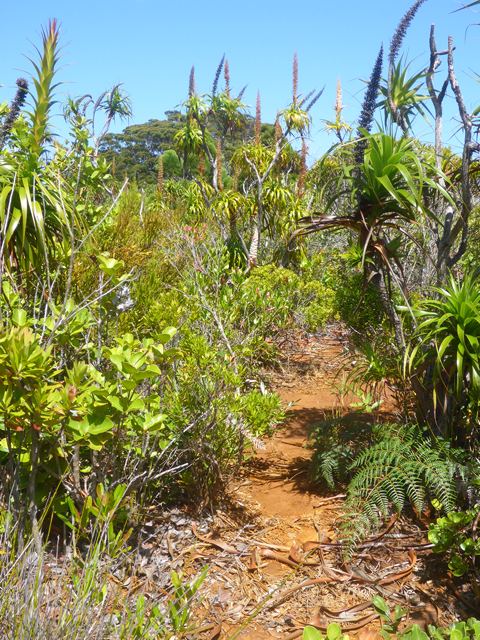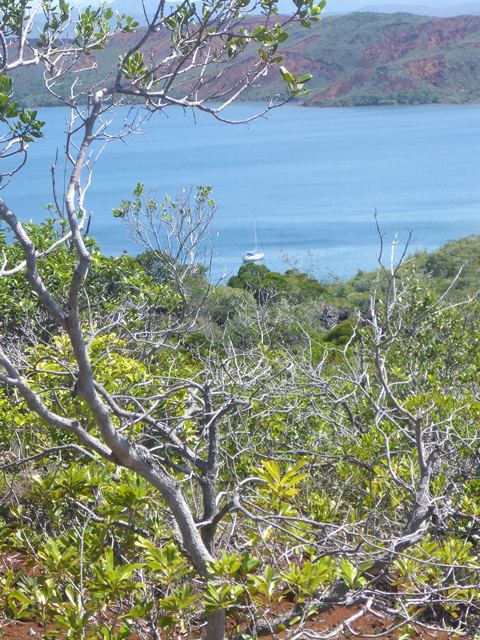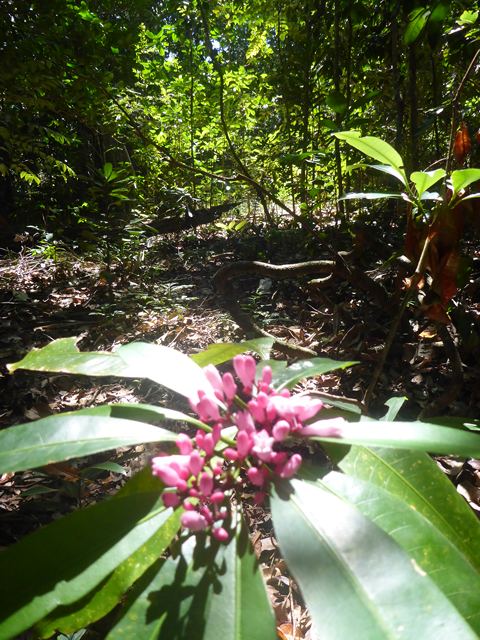We Follow the Yellow Marked Way

|
We Follow the Yellow Marked Way - To the Lighthouse The weather could not have been kinder as I packed the rucksack with food and water and Rob inflated the dinghy. The chartplotter and our pilot showed a wharf just inshore from Zoonie’s mooring. All we could see was a pile of rocks but as a little tinny arrived earlier and was moored on a water bottle buoy nearby we took it as the place to go ashore. Other folk have used it as a camp or at least as spot to cook supper. The track was clear enough and the sign gave us a good idea of where we were going. It always helps to know that. Our numbered route would be 8, 7, 5, 4, 3 where the first round roofed lookout would be just infront of the old telegraph office ruin, 2 the Cap N’Dua Phare or Lighthouse, 1 The road sign on our way down, 4 the divide in the track to the lighthouse, 5 the rocky roundabout where we turned right onto a different path for the descent, 6, 7, and 8! Birds accompanied us as we trudged along the winding rusty (literally) red iron path. They perched in the spindly trees of the scrubland close by singing away, telling us we were heading in the right direction. (As indeed they are singing at the moment, 5.00am on the 18th Sept, our 10th Anniversary, here at anchor in Baie de Carrenage as I type.) My little environmental brochure, my ‘Oeil’ I mentioned before and as I will call it from now, does not cover this area perhaps because it is a nature reserve and tended and monitored anyway. This is the dry season with summer approaching so you can see why the fire risk sign is set on Tres Eleve (apologies for the lack of accents) or very raised risk and judging by the grey heat burned ferns lying close to the ground just two tinder dry branches rubbing together in the wind would seem risk enough of ignition. I was taken by the very careful and painstaking way the path had been cleared and edged with stone in places, not only a back breaking task but also gloves would have had to be worn as many of the rocks were sharp. I wondered who had done this and if the path had a previous use. The original builders, keepers and telegraph office staff would have come up by foot before the advent of 4 x 4 vehicles in the last twenty years or so. Or did the indigenous Kanaks come to this glorious spot throughout their history? Francois had told us about the plant that reproduced by extending its long stamen skywards, away from the hot ground that would burn the flowers. The stamens of white flowers and then black fruit can be seen on this single plant. Then the pretty red flowers on the next plant and finally the succulent water retaining leaves that flower around their edges, again well away from the baking ground. The climb was not long or far from Zoonie back in Anse Majic and we arrived at the round house lookout after an hour and sat in awe at the fact we could see waves breaking on the barrier reef and Isle des Pins nearly 60km away. To our right our route to the bay was in sight through the Canal Woodin (did someone say “There’s a lot of ‘wood in’ there”? It seems likely) and to our left our route through Havannah Pass and out of Goro Bay the morning after we first arrived was being traversed by other yachts. Throughout our blue seaward vista, near and far, were the many reefs clearly visible from our elevated spot and we could see the route two cats were taking out to the distant Iles des Pins. Rob is entering the substantially built Telegraph Office that opened for business in 1891 keeping Iles des Pins connected by telegraph at first and then telephone from 1895 until the whole modus operandi was moved in 1911 to an office in Noumea and this exposed office was left to ruin. I wonder how the staff felt leaving this wild, spectacular place of work. Inside the round roofed lookout were colourful posters about the whales that I will use later, sadly they were almost entirely written in French but the photographs in the next blog speak for themselves. After a few minutes and without my French dictionary my enthusiasm as a translator was on the wane, so we climbed up the path to the lighthouse built in the 1890’s when the dangers lurking beneath the waters around New Caledonia were already well known. Despite that we had effectively come to a wilderness, in part anyway. My COD (Concise Oxford Dictionary) defines wilderness as an uncultivated, uninhabited and inhospitable region, a neglected or abandoned area. There are no towns, villages or shops here, the flora is mostly growing where it seeded naturally, there is no cultivation for food here and there are certainly many once used and now neglected and abandoned areas, especially in the numerous small scale mining operations which are now concentrated at the Vale NC site to the East of North Bay, Baie Nord and there is plenty about that in my ‘Oeil’. Clinging to the lighthouse were a team of three dedicated whale watchers joined by two more, us, but we were disappointed as there were no humpbacks to watch while we were there. We would learn more about the whales later. With vistas like the one we had that day we wished we could bottle it in our minds for posterity, but the photos and memories are an acceptable alternative. For the first part of our return journey we walked along an access road, literally a chemin de fer (Fr. Railway) a way of iron, the red rust colour being just that, iron in the soil exposed to air and water that has rusted, but this Chemin was for tyres and feet instead of metal wheels. At the roundabout we took a right for the alternative route back and marvelled at the prettiness of the scrubland countryside. Not far from our starting point we came across a paper bark eucalyptus, the type used to cover the wooden lathes of a new Kanak home. We looked down on our home in the blue of the cove beneath us and as always looked forward to being back on board. That afternoon we snorkelled near Zoonie and we were surprised to see so few fish. There were a few shoals of very young fish and a handful of reasonable sized ones but no diversity or abundance. They have been heavily fished with hooks, lances, spears and poison in the past and my ‘Oeil’ reveals that in nearby bays the ecological state of the marine species is merely Mediocre, one up from Mauvais or Bad, the report suggests that it is because these areas are under influence of the Vale NC mining complex. Hopefully cooperation between the agencies and the big mining business will work together since New Caledonia obviously needs the revenue from its ore and mineral industry.
|
